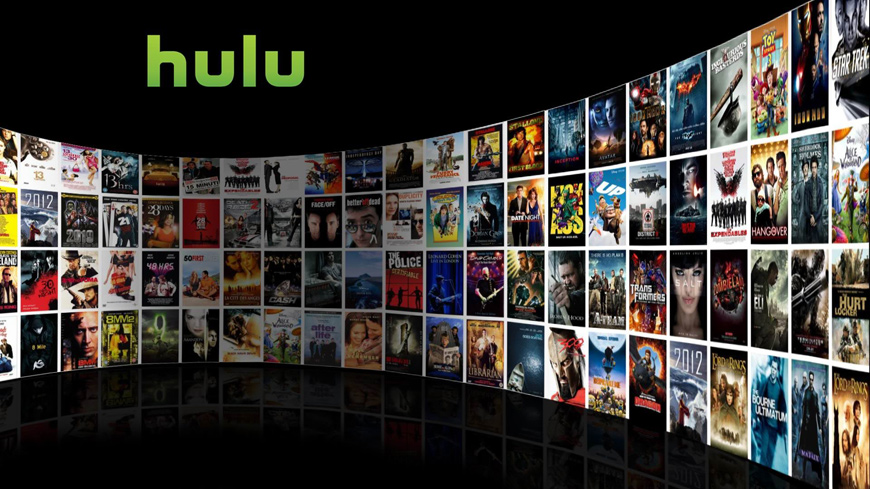Smart Screen Exclusive

Hulu and the Limits of Targeting
Story Highlights
Hulu is very popular on Madison Ave. Media buyers looking to reach viewers that are drifting away from traditional television in favor or digital platforms find in Hulu a safe, familiar environment that offers the audience targeting benefits of digital but still walks and quacks like traditional TV.
TV executives like Hulu for many of the same reasons. Unlike Netflix and Amazon Prime, which many at the networks fear are training a generation of viewers that intrusive advertising is an irrelevant and unnecessary holdover from how their parents consumed TV programming, find in Hulu a familiar platform based on the same advertising-plus-subscription fees economics as traditional pay-TV that looks reassuringly like the old broadcast and cable syndication market.
Not for nothing has Hulu recently scored a string of new exclusive deals for popular TV series despite its much smaller viewership compared with Netflix.
So it must have come as an unnerving jolt to hear that Hulu may be considering a plan to add an advertising-free tier to its service, albeit one that would carry a premium price of $12-$14 a month.
Though presumably targeted at potential new subscribers who are turned off by Hulu’s current ad loads, media buyers and network execs had to worry that many current Hulu viewers would abandon its free and paid-with-some-ads tiers in favor of a Netflix-like ad-free offering.
Hulu, like Netflix and other digital platforms, considers and tests different consumer offerings all the time, of course, often without taking action. One of the advantages of digital is that it makes such testing relatively easy and inexpensive. So just because Hulu may be debating internally whether to offer an ad-free tier does not mean it will happen.
The fact that it’s apparently on the table, however, and the likely reasons it got there, ought to give pause not just to the TV networks but to everyone in the digital media ecosystem because of what it says about the limits of targeted advertising, long-seen as the most plentiful fuel supply for the expanding digital economy.
Hulu officials have said the service is on track to generate $1.5-$1.7 billion in revenue this year. But the website increasingly finds itself in direct competition for both program rights and subscribers, not just with Netflix but with a growing number of serious players, such as Amazon Prime, YouTube’s planned paid video service and perhaps Apple TV.
That competition is driving up the cost of programming and has put a particular premium on producing ambitious original programming to attract and hold onto subscribers. According to an estimate by RBS Capital Markets, Hulu will spend $1.5 billion this year to produce and acquire programming, about half what Netflix is expected to spend and slightly less than what Amazon Prime will spend.
Netflix, of course, does not carry advertising, but it can amortize that content spend across a user base of 65 million subscribers, compared with Hulu’s 9 million paying subscribers. Amazon reckons the success of Prime largely on the basis of how much other stuff people buy from the e-commerce giant after subscriber to Prime Video. Notwithstanding Hulu Plus subscriber fees (now rebranded simply Hulu) Hulu remains heavily dependent on ad sales.
The theory behind advertising sales on Hulu, as indeed for most ad-supported digital platforms, is that increasingly granular, data-driven targeting of consumers and market segments will make advertising both more relevant to viewers and more valuable to marketers because they are not paying for waste. That should be formula to allow digital content to thrive, even at lower viewership numbers than traditional TV.
If Hulu is indeed considering introducing an ad-free premium tier it’s likely because that formula is breaking down.









